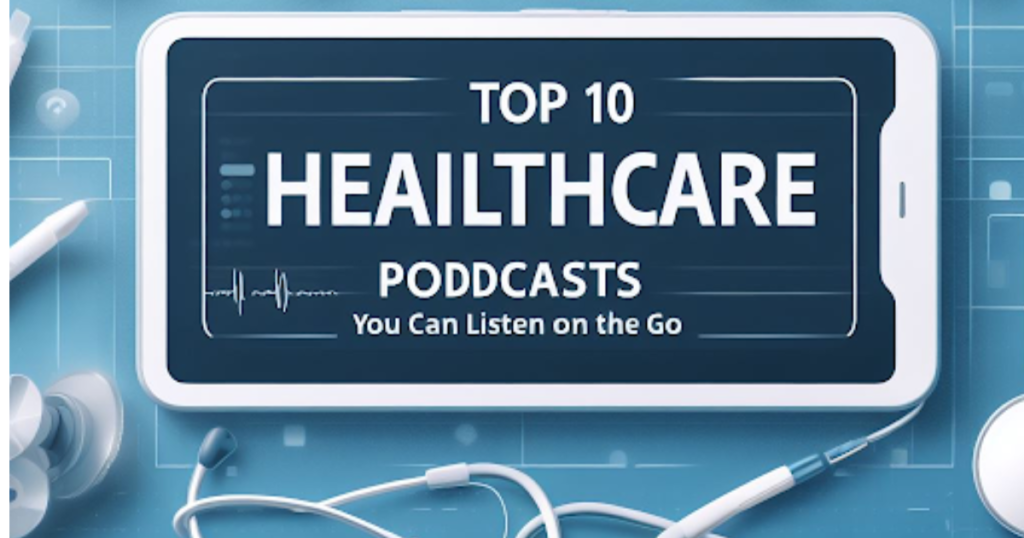
In Healthcare, In-Network and Out-of-Network Credentialing refers to how a Provider is Credentialed by insurance companies.
In-Network Credentialing means the provider is part of an insurance company’s network and Out-of-Network Credentialing means the Provider is not in their network. Understanding the differences between In-Network and Out-of-Network Credentialing can help Providers ensure they make the right decision while choosing one out of the two.
In-Network Credentialing
It is a process where Healthcare Practitioners apply for and receive contracts with insurance payors to become “In-Network” Providers. This means that these Providers are part of an insurance company’s network, which allows them to be reimbursed by the insurer directly, often at higher rates than those outside of their system.
In-Network Credentialing requires Providers to have their credentials verified and approved by the insurance company they are associated with. Providers must go through a rigorous process of verifying their identity, qualifications, experience, training, and certifications. This ensures that the Provider is qualified to provide services for patients covered under the insurance plan. In-Network Credentialing also usually requires Providers to agree to certain terms and conditions, including pricing, referral requirements, and other policies.
Out-Of-Network Credentialing
Out-of-network Credentialing is a bit different.
It is a process where Providers apply for contracts with insurance payors to become “Out-Of-Network” Providers. These providers are not part of the insurer’s network, which means they will not receive reimbursement directly from the insurer, but instead must bill their clients out of pocket.
It occurs when a Provider is not part of the insurance company’s network but still wants to provide services for patients covered by that insurer. The Provider must still go through the same process of verifying their credentials, but they also have to negotiate a fee schedule with the insurance company. This fee schedule outlines how much the Provider will be paid for providing service to patients who are covered by the insurer.
Difference Between In-Network And Out-Of-Network Credentialing
In-Network and Out-of-Network Credentialing both play an important role in providing quality, accessible Healthcare. Understanding the process will make it easier for providers to negotiate fees with insurers and provide services to patients in need.
The main differences between In-Network and Out-of-Network Credentialing are the rates of reimbursement and the amount of paperwork required.
Rates Of Reimbursement
In-Network Providers receive higher rates of reimbursement from insurance companies due to their contracts, while Out-of-Network Providers have to bill their clients out of pocket and often receive lower reimbursements.
Paperwork Required
Additionally, In-Network Credentialing typically involves less paperwork since the insurance company is already familiar with their Provider’s qualifications, while Out-of-Network Providers must submit a greater amount of paperwork to prove their credentials.
In-Network Vs Out-of-Network Credentialing – How To Decide?
In-Network Credentialing is often the best option for Providers who want to maximize their reimbursements and minimize the paperwork.
Healthcare providers might opt for In-Network Credentialing if,
- they have a large patient base that uses the same insurer
- if they want to offer services to insured individuals at negotiated rates
- if they want to build relationships with insurers and expand their network of contracted payers
Out-of-Network Credentialing can be beneficial for those who want greater control over how much they charge and the types of services they provide.
There are several scenarios where Out-of-Network Credentialing may be beneficial for a Healthcare Provider, such as when:
- They provide services that are not covered by the insurance company’s network;
- They require more flexibility in their payment terms;
- They want to offer services at a lower cost than what is offered by the In-Network Providers; or
- They want to remain independent and not be bound by the rules of a larger network.
In these cases, Out-Of-Network Credentialing can provide a financial advantage for Healthcare Providers.
Overall, it is important to carefully consider all of your options when deciding whether to go with In-Network or Out-Of-Network Credentialing.
The best way to figure out if you should participate In-Network or Out-of-Network is by contacting a Credentialing expert partner. These experienced professionals will help you weigh the pros and cons so that you can make an informed decision.
For simple and seamless Credentialing & Enrollment and related assistance, get in touch with Apaana Credentialing Specialists.




